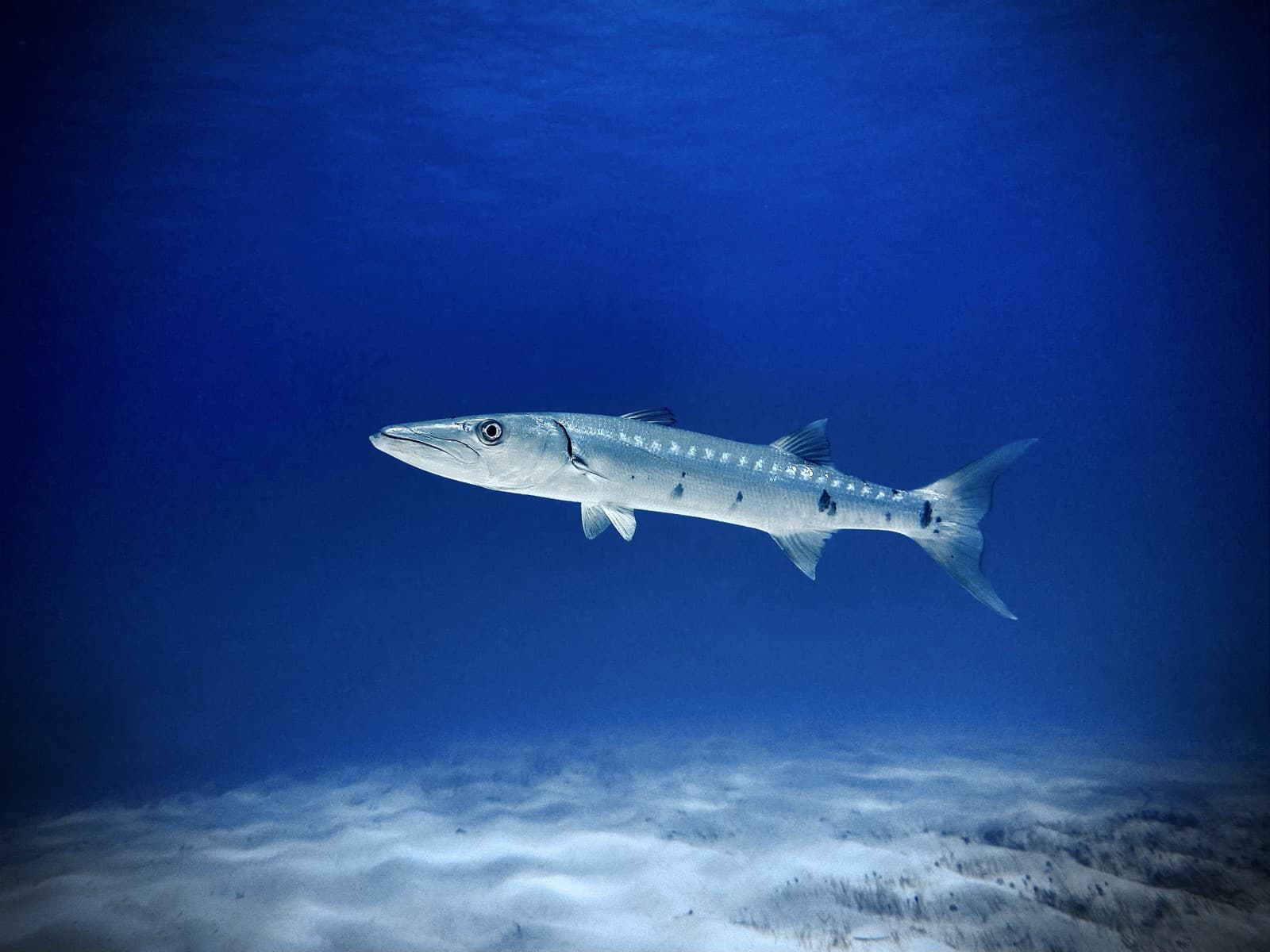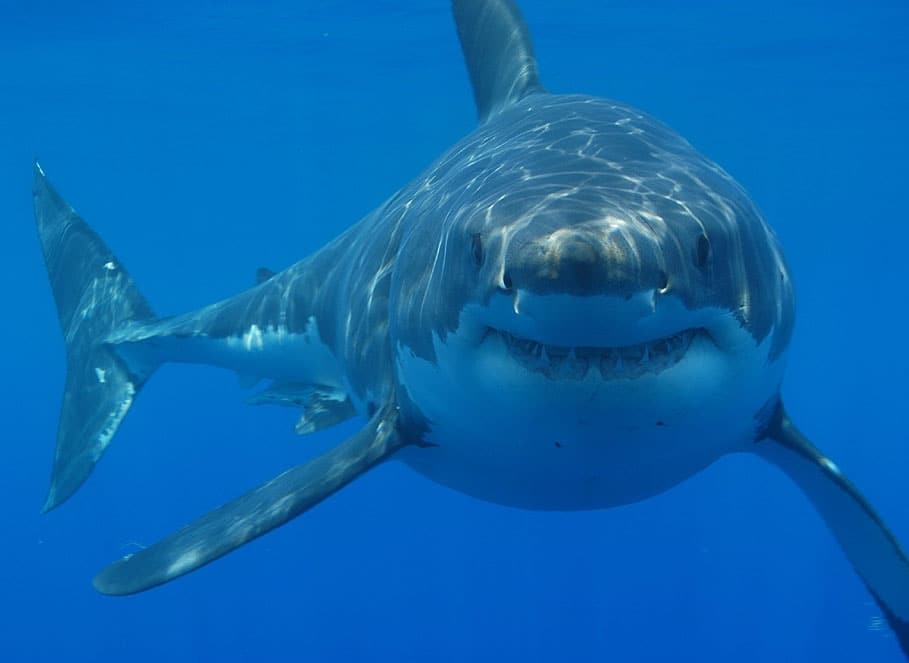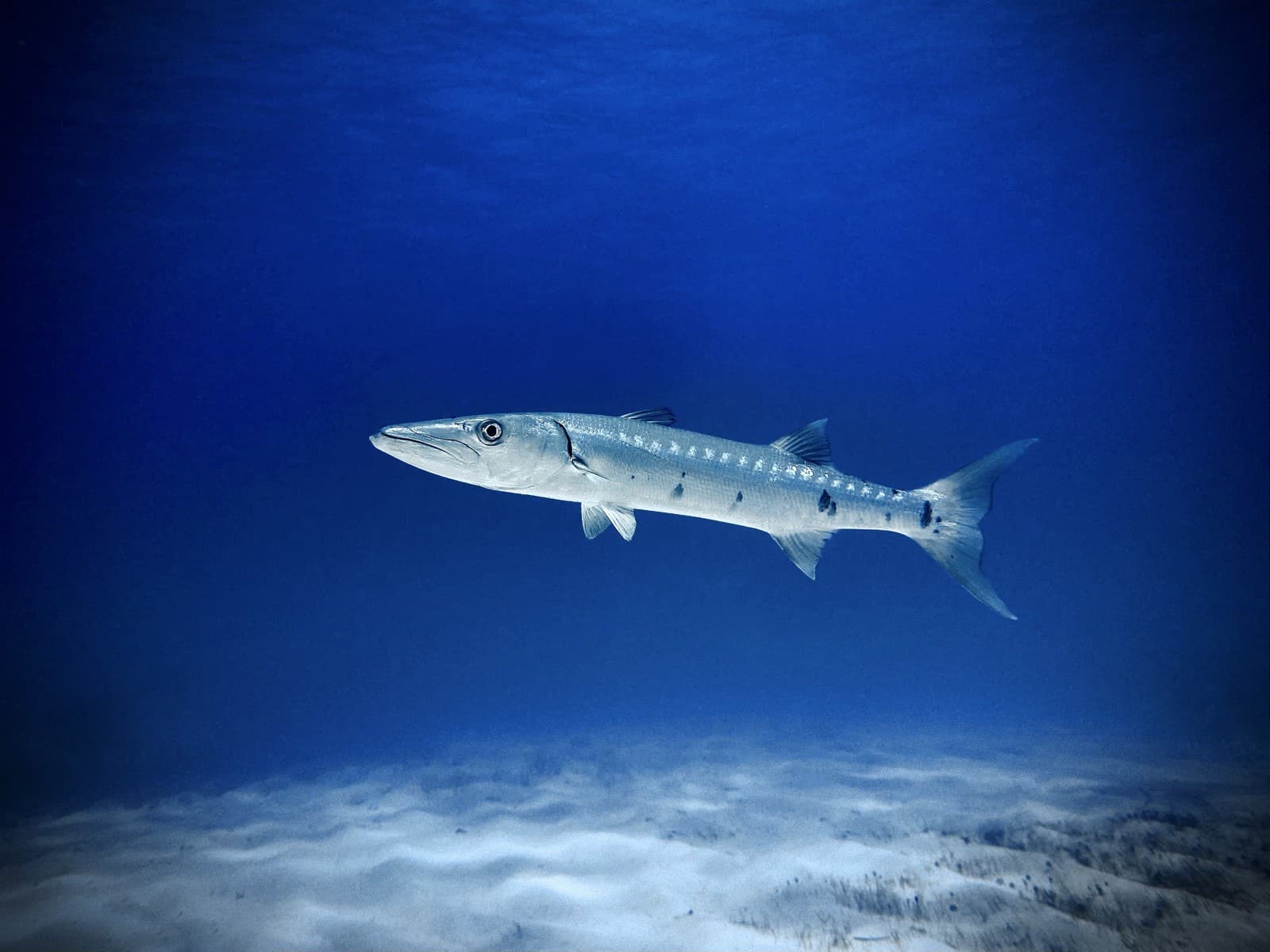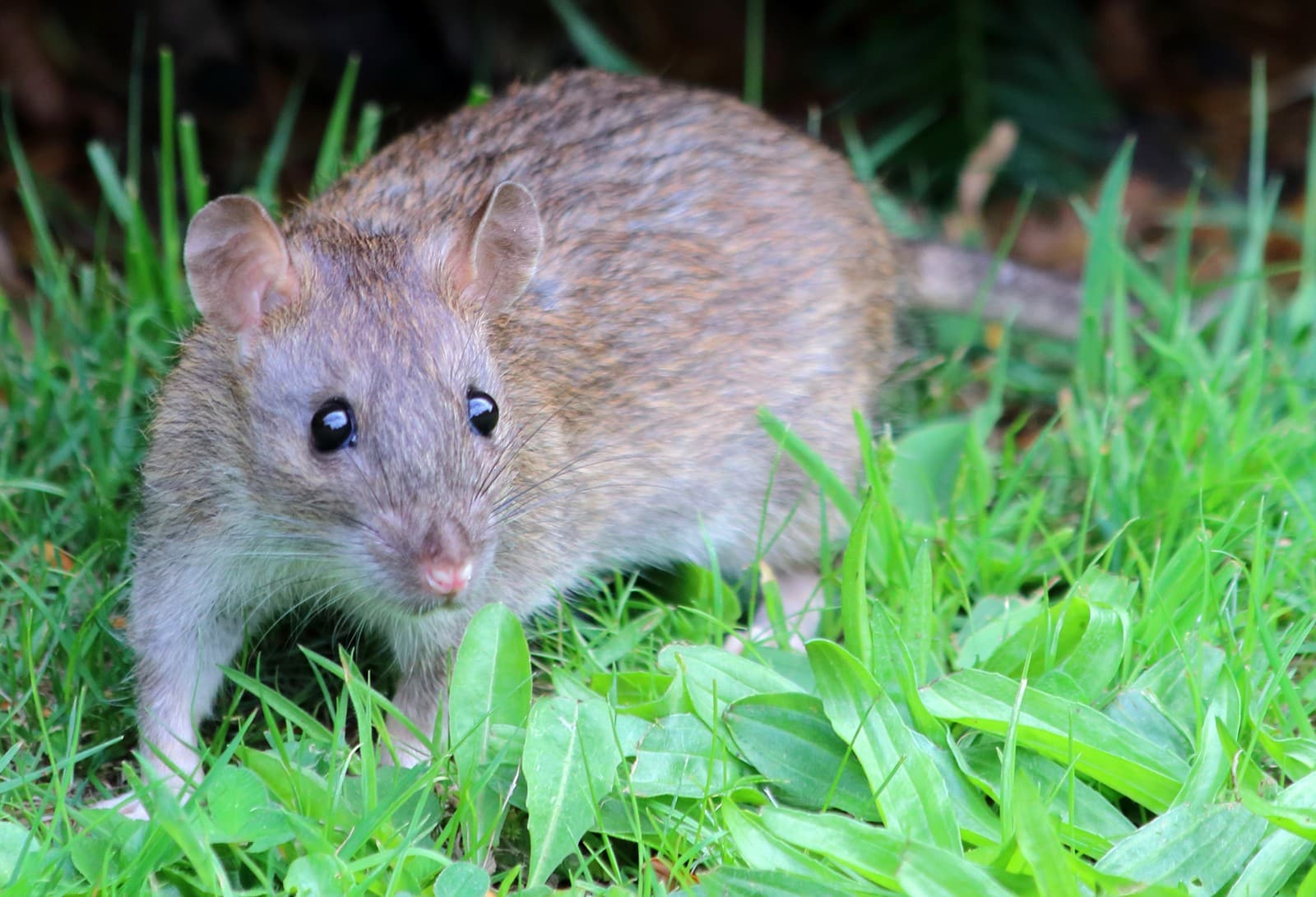Barracuda vs Moray Eel: A Complete Comparison
When comparing barracuda vs moray eel, we encounter two of the ocean’s most formidable predators, each adapted for distinctly different hunting strategies. Great barracudas can reach speeds of 35 mph (56 km/h) and lengths of 6 feet (1.8 m), while moray eels possess double rows of razor-sharp teeth and can grow to 13 feet (4 m) in length.
These marine hunters differ significantly in their approach to survival. Barracudas are open-water ambush predators, relying on explosive speed and precision strikes. Moray eels, conversely, are masters of stealth, lurking within reef crevices and striking with snake-like agility at close range.
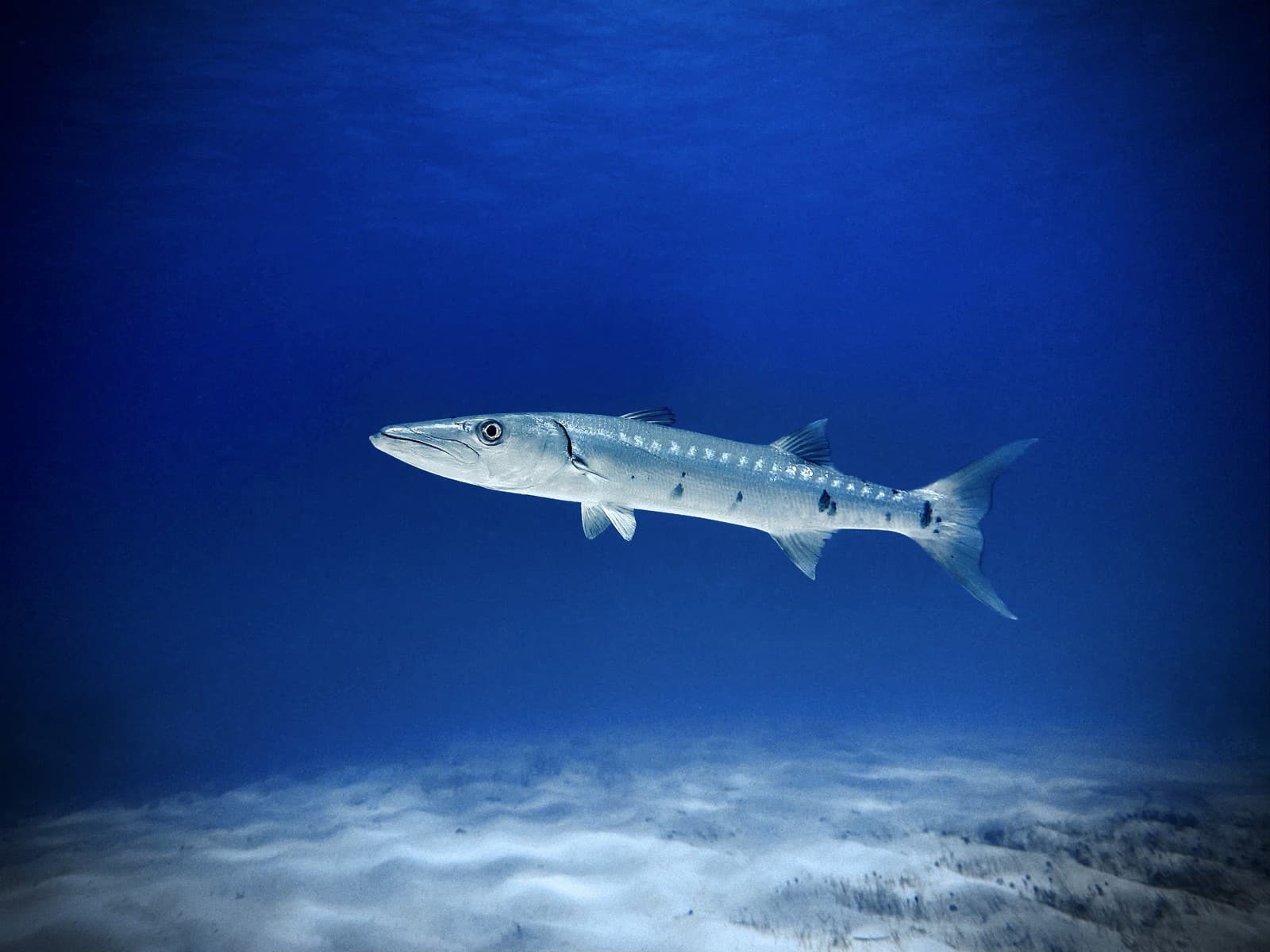
© Zepto / CC0
The great barracuda exemplifies streamlined power, with its torpedo-shaped body built for explosive acceleration and high-speed pursuit of prey in open waters. Their reflective silver scales and dark markings create perfect camouflage against the ocean’s shifting light.
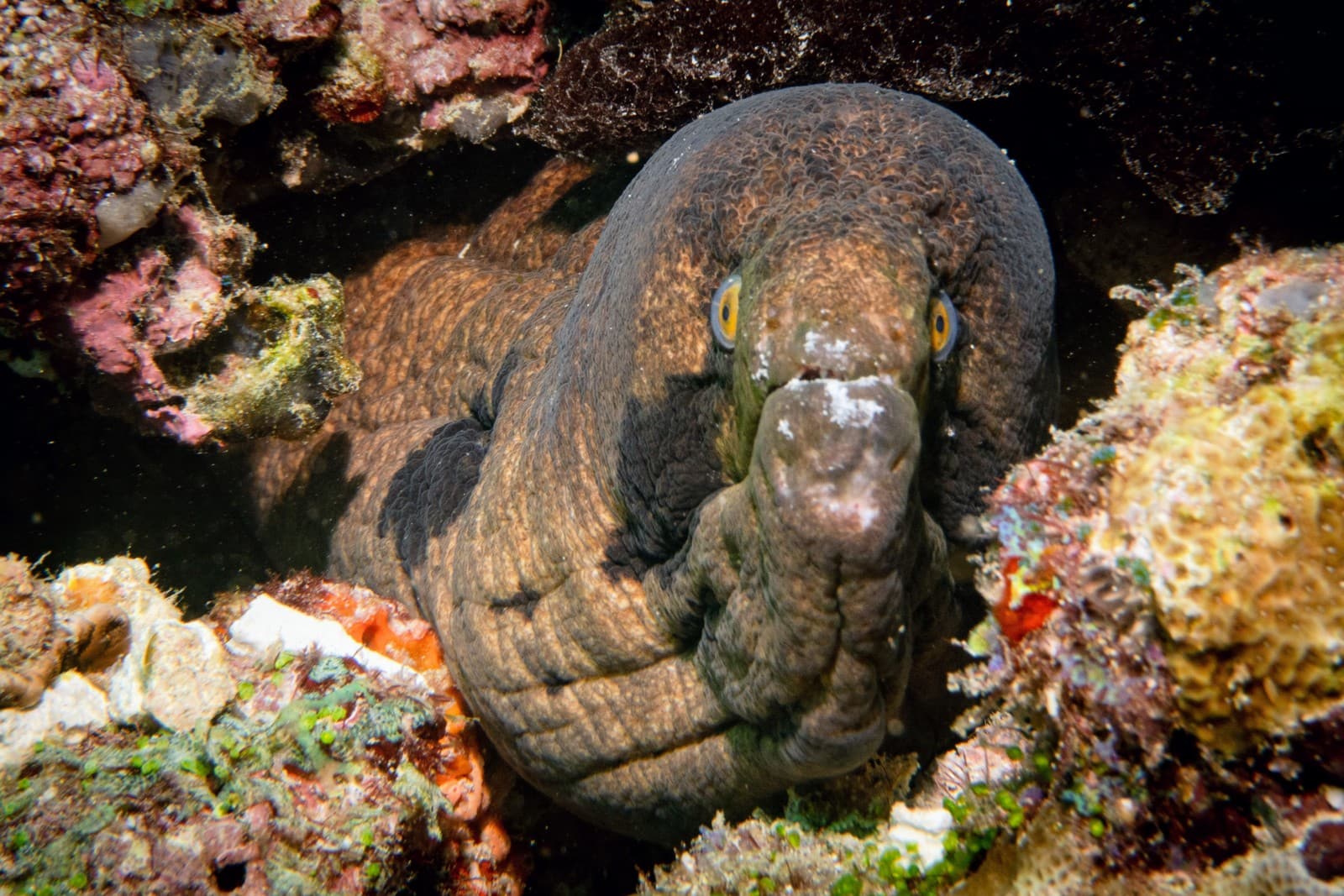
© Victor Micallef / CC BY-SA 4.0
The moray eel demonstrates nature’s perfect adaptation to reef environments, with its muscular body designed for navigating tight spaces. Their cryptic coloration and pattern help them blend seamlessly with their rocky habitat.
Key Differences Between Barracuda and Moray Eel
| Feature | Barracuda | Moray Eel |
|---|---|---|
| Maximum Size | 6 feet (1.8 m) | 13 feet (4 m) |
| Hunting Style | Active pursuit, ambush | Ambush from hiding |
| Habitat | Open water, reef edges | Reef crevices, caves |
| Speed | Up to 35 mph (56 km/h) | Slow but powerful |
| Diet | Fish, squid | Fish, octopus, crustaceans |
| Defense Mechanism | Speed, teeth | Powerful bite, second jaw |
Hunting Strategies and Behavior
Barracudas are daylight hunters, using their superior vision and reflective scales to confuse prey before striking at remarkable speeds. Their hunting strategy relies on short bursts of incredible acceleration, reaching speeds that make them among the fastest fish in the ocean.
Moray eels, however, are primarily nocturnal hunters that rely on their acute sense of smell. They possess a unique second set of jaws (pharyngeal jaws) that launch forward to grasp prey, similar to the creature from the “Alien” movies. This adaptation allows them to secure prey without losing their anchor point in their rocky refuge.
Habitat and Distribution
Barracuda Territory
- Tropical and subtropical oceans worldwide
- Prefer clear, warm waters
- Often found near reef edges and drop-offs
- Depth range: Surface to 330 feet (100 m)
Moray Eel Domain
- Tropical and temperate reefs globally
- Prefer complex reef structures
- Require numerous hiding spots
- Depth range: 3-200 feet (1-61 m)
Who Would Win in a Confrontation?
In analyzing potential encounters between barracuda and moray eel, the outcome largely depends on the environment. In open water, barracudas have a clear advantage due to their superior speed and maneuverability. However, within reef structures, moray eels dominate with their powerful bite force and ability to anchor themselves in crevices.
Scientific data suggests:
- Barracuda bite force: 12 PSI (0.8 kg/cm²)
- Moray eel bite force: Up to 150 PSI (10.5 kg/cm²)
Conservation Status and Human Interaction
Both species face similar conservation challenges:
- Habitat degradation from coral reef destruction
- Climate change impacts on marine ecosystems
- Fishing pressure (particularly for barracuda)
- Water pollution affecting prey availability
Neither species is currently listed as endangered, but local populations face varying degrees of pressure from human activities and environmental changes.
Fascinating Adaptations
Barracuda Specializations
- Reflective guanine crystals in scales for camouflage
- Highly developed lateral line system
- Specialized vertebrae for rapid acceleration
- Superior binocular vision
Moray Eel Innovations
- Pharyngeal jaws for securing prey
- Mucus-covered scales for protection
- Highly developed olfactory system
- Knot-tying ability for leverage while feeding
Understanding these remarkable predators helps appreciate the diverse hunting strategies that have evolved in marine ecosystems. While barracudas represent the pinnacle of high-speed pursuit predation, moray eels exemplify the effectiveness of ambush hunting and territorial defense.
